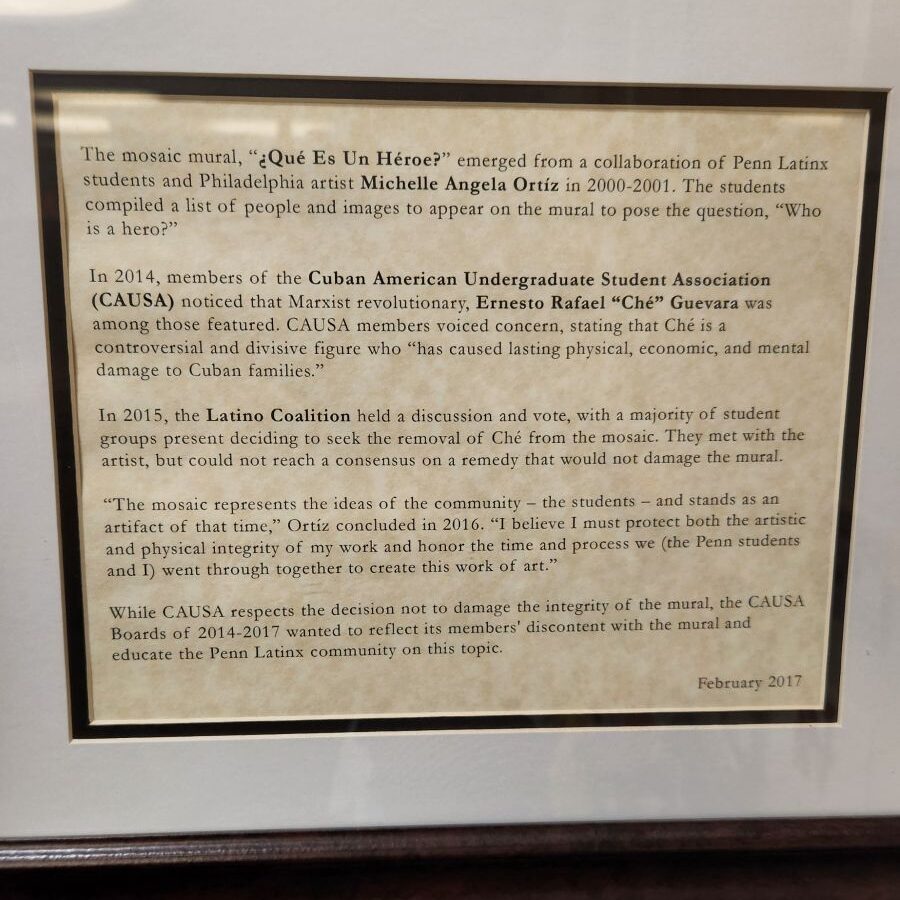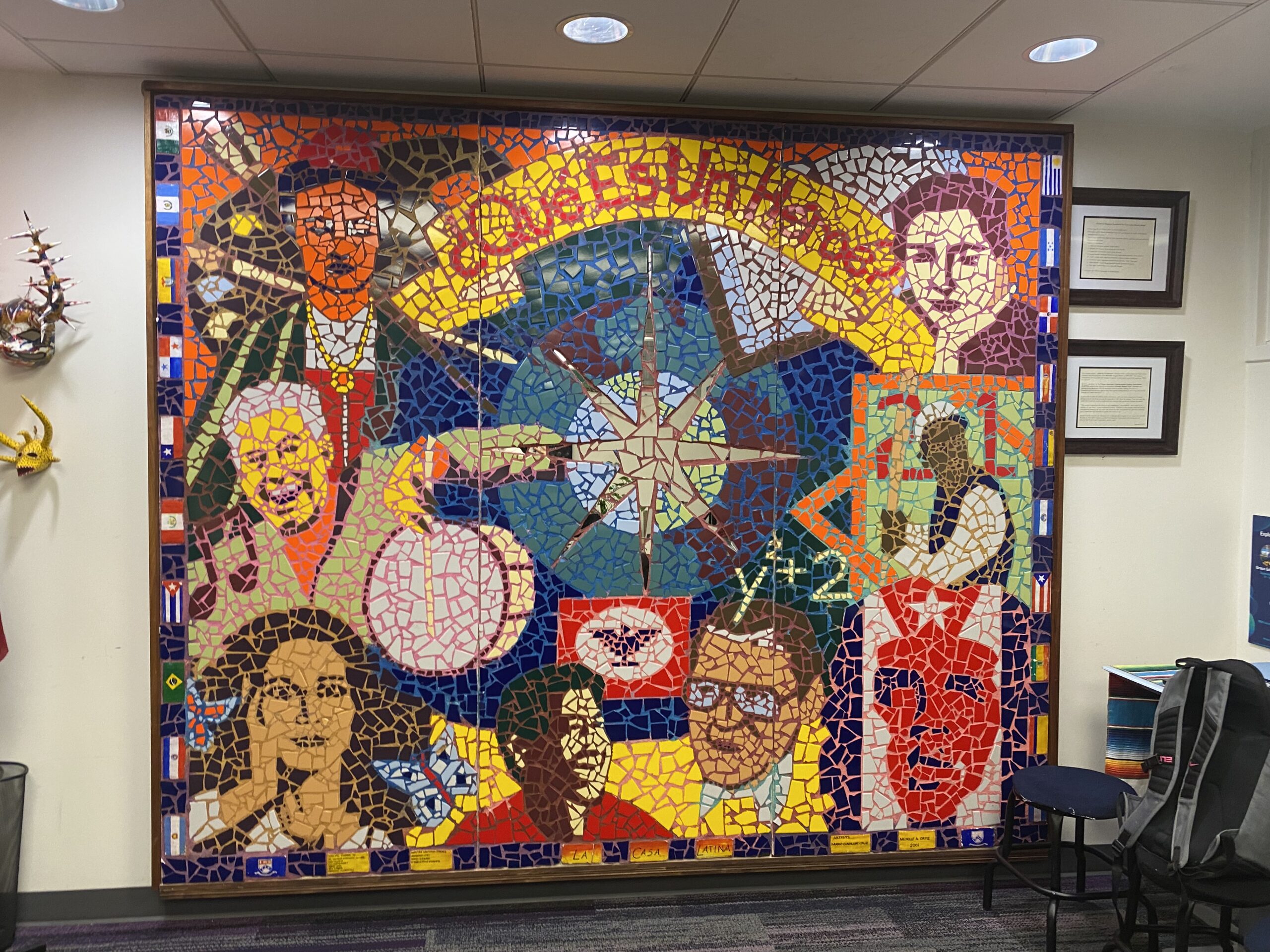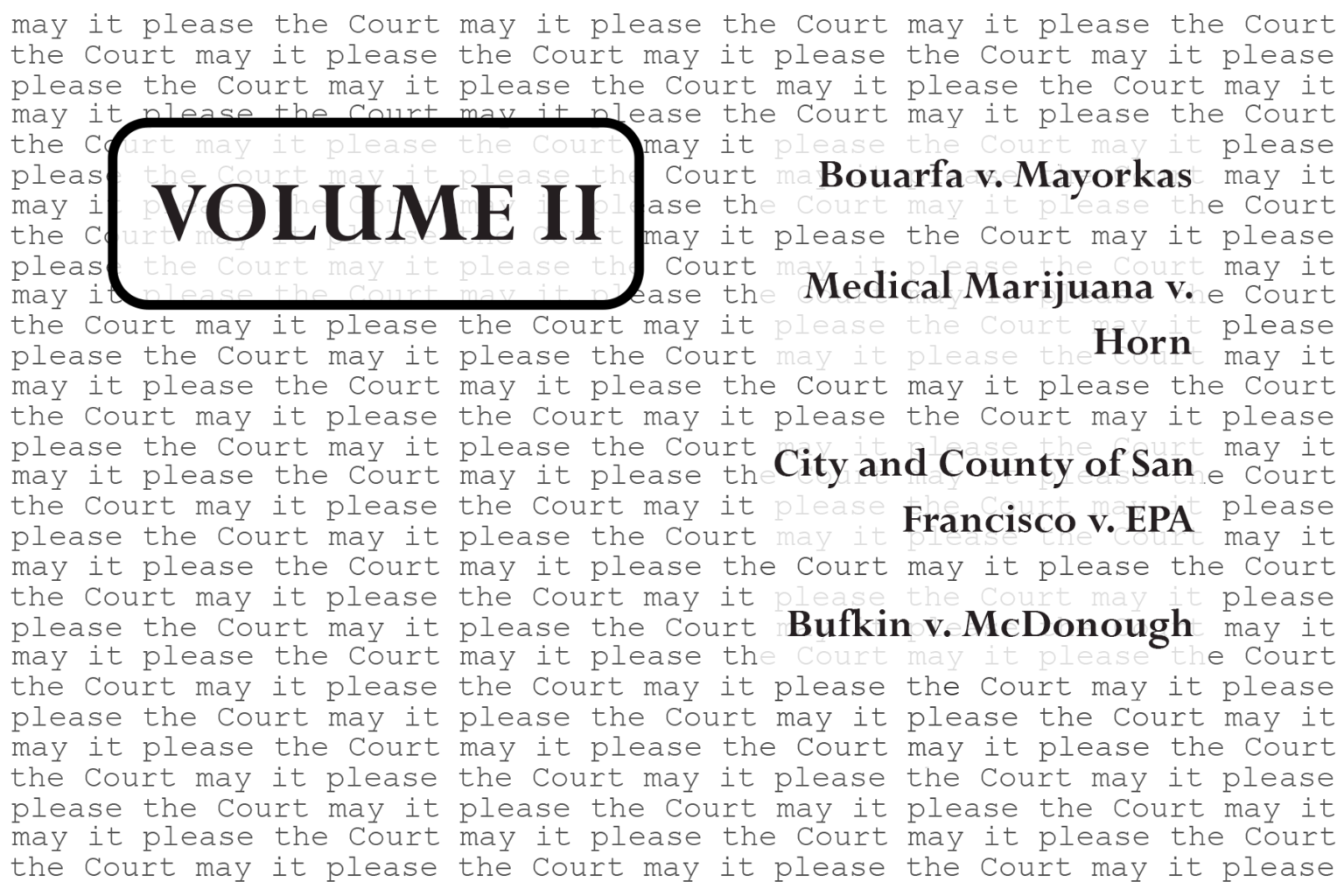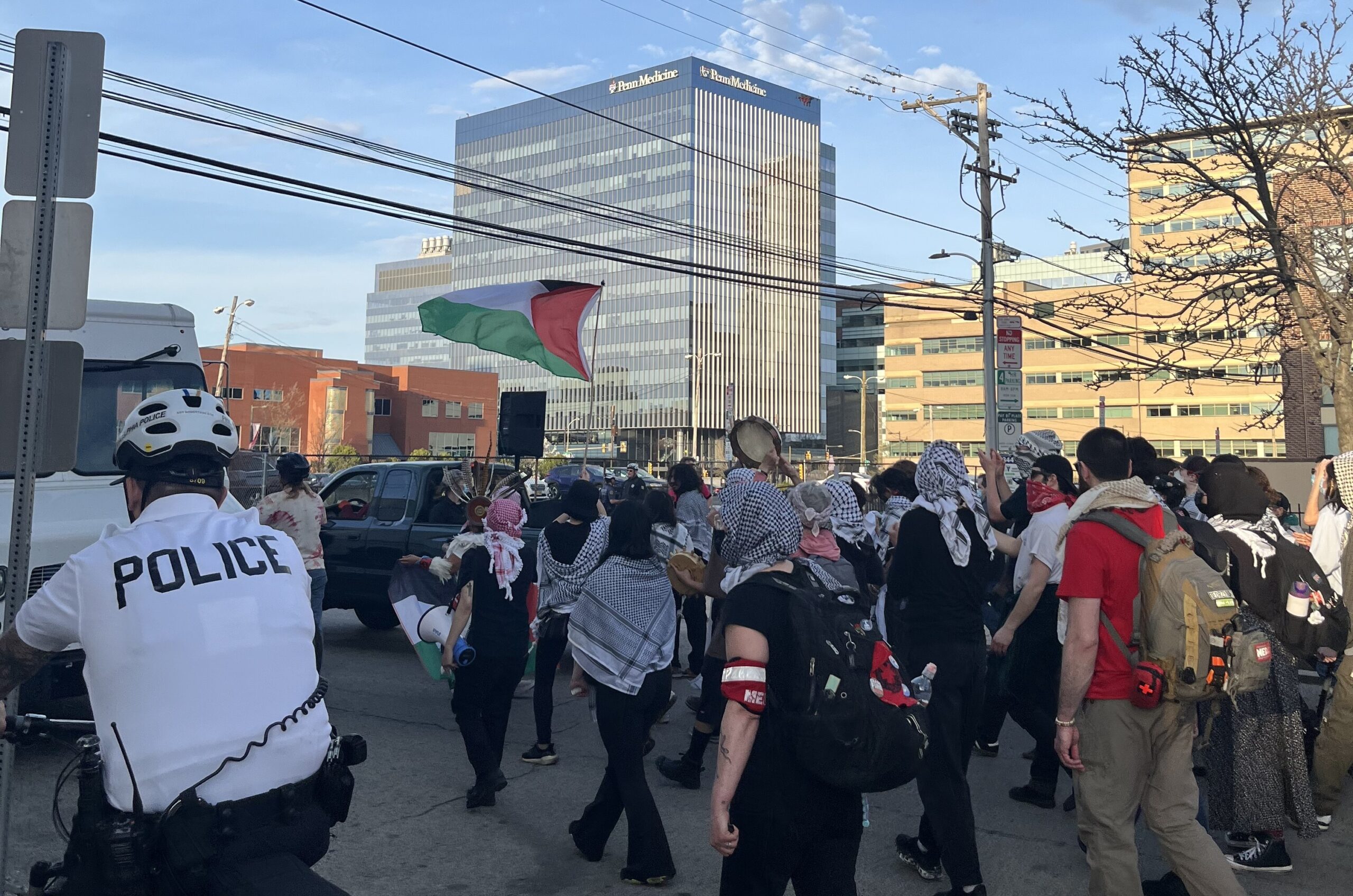A long history of tensions over the mural controversy.
Photo Credit: Jennifer Mesa
By Jennifer Mesa
Editor’s Note: This piece is part of a series. As a part of this series, we plan to release pieces that highlight Cuban students’ voices, experiences, opinions, and news on the mural conflict as it continues to unfold today. If you have any additional information about this topic, you would like to better understand it, or if you have responses, please email jenmesa@sas.upenn.edu. Be sure to sign up for our newsletter to be the first to hear when we release the next part.
Established in 2001, the mural at La Casa Latina, depicts a colorful mosaic titled “What is a Hero?” This mural, on the bottom right hand corner portrays Ernesto “Che” Guevara embedded into the Cuban flag. This particular part of the mural has been a point of contention between Cuban students and the administration at La Casa for over two decades.
Based on archived documentation from the Cuban-American Undergraduate Student Association (CAUSA), this timeline chronicles the evolution of this conflict, highlighting the voices of Cuban students who have tirelessly advocated for the removal of Che’s image—a figure they view as a symbol of oppression and violence. As the debate unfolds, it reveals the discrepancies of representation in multicultural spaces and raises critical questions about whose narratives are valued and heard. In a time when discussions around historical figures and their legacies are more relevant than ever, understanding this timeline is essential to grasping the ongoing struggle for recognition and justice within the Cuban community at Penn.
Fall 2000/Spring 2001
The origins of the mural at La Casa Latina are unclear. Word of mouth suggests that students submitted random ideas regarding Latin American figures they considered heroes. However, individual Latino student groups did not have input on how their countries were represented. The design was created by an unaffiliated artist hired by Penn and La Casa’s administration approved the design. It is unknown whether they sought the approval of individual student groups.
Fall 2001
The mural was installed in La Casa Latina sometime in Fall 2001.
Between 2001 and 2014, there is no accessible documentation on CAUSA’s efforts to remove Che Guevara’s image from the mural. This does not mean that no actions were taken, rather that none can be verified due to a lack of accessible documentation.
Fall 2014
The first documented meeting in CAUSA’s files regarding continued efforts to remove Che took place on October 6, 2014, with a follow-up meeting scheduled for October 17, 2014, though attendance details and attendees remain unclear.
March 2015
Early March of 2015, the CAUSA board members unanimously agreed to draft and submit a petition to La Casa, LC, and other involved parties, calling for Che’s face to be removed. On March 2, 2015 CAUSA members met with Penn administration and the student population to explain Che’s history in Cuba and propose various solutions, including removal, the addition of a plaque, or painting over the image. CAUSA documented hesitance to suggest simply painting over his face with black paint as they wanted him completely removed from the mural. During this meeting CAUSA utilized personal testimonies in their petition, including stories from Cuban students whose family members were harmed by Che. Additionally, around this time it was documented that Cuban students boycotted La Casa Latina, refusing to step foot inside.
Later in the month, CAUSA submitted their petition, handing out copies at a Latin Coalition (LC) meeting. At the LC meeting, CAUSA was given a few minutes to present their case and propose a vote from the student representatives present from each of the Latin affiliated clubs on campus on the mural’s future. LC refused to share the results of the vote with CAUSA, claiming there was no majority. According to a feedback form sent by the CAUSA board to CAUSA members, many Cuban students expressed deep frustration over the lack of sympathy made clear by the dismissive nature of the meeting. Meeting notes from CAUSA board members indicated that some students, and even members of the administration, at the meeting were hesitant to condemn Che, and many argued that the mural, although controversial for many student groups, should remain intact in the name of art.
April 2015
Early in the month of April 2015, CAUSA received approval from Penn to pursue action regarding the mural and made contact with the artist. Board members successfully were able to get in contact with the artist and were on track to secure funding to alter the mural. It was suggested that CAUSA found means, or at least potential means, to fund the project. Penn did not assist financially.
February 2016
After months of limited support and communication from Penn, CAUSA was unable to finalize removal of Che from the flag. CAUSA pushed for an alternative solution and proposed the addition of a plaque. A draft for the plaque was created and discussed with La Casa.
The artist also suggested that they do not want to compromise the artistic and physical integrity of the mosaic. There is no further accessible documentation of this conversation with the artist but, they were directly quoted in the statement on the plaque.
September 2016
After many months of deliberation and awaiting approval from La Casa, CAUSA was approved to add a plaque and was approved for the text.
March 2016
CAUSA gained renewed approval to paint over Che’s face on the mural but encountered numerous roadblocks from Penn, preventing them from moving forward once again. The precise details of these obstacles are unclear but, ultimately, CAUSA was unable to take action despite being approved previously.
February 2017
The plaque was finally put up next to the mural.

September 2024
Recently, discussions have resumed between the new CAUSA board and the new administration at La Casa Latina. The Latin Coalition has established a mural committee to improve efficiency but the conflict remains currently at a standstill.
Jennifer Mesa is a junior in the College studying Political Science and History from Miami, FL. Jennifer is also the Editor in Chief for The Pennsylvania Post. Her email is jenmesa@sas.upenn.edu.




